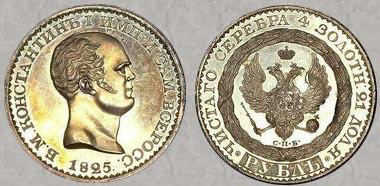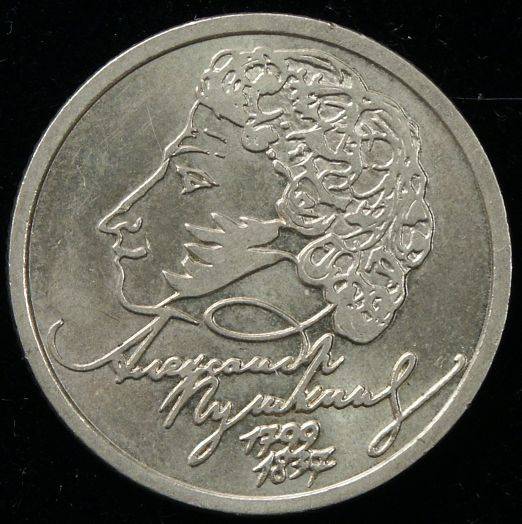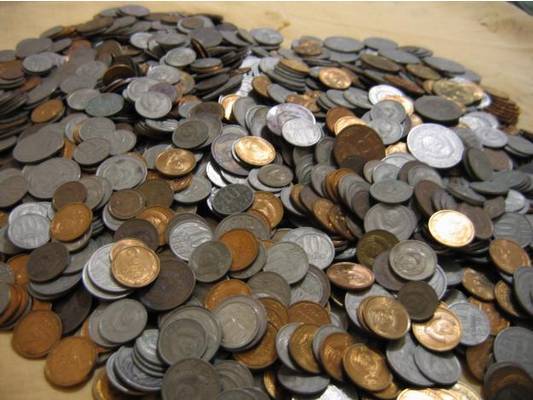gold pieces were
Without coins
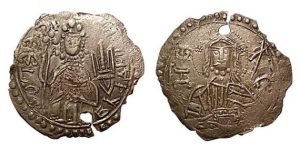 Starting from the 12th century, and then almost for almost three hundred years, there was a period without the use of coins in the territory of Ancient Russia. The whole paradox of this era was that with the development of cities, domestic and foreign trade, crafts, the number of coins in the territory of Russia not only did not increase, but on the contrary, decreased at a rapid pace. Thus, in the 12th century, coins disappeared altogether.
Starting from the 12th century, and then almost for almost three hundred years, there was a period without the use of coins in the territory of Ancient Russia. The whole paradox of this era was that with the development of cities, domestic and foreign trade, crafts, the number of coins in the territory of Russia not only did not increase, but on the contrary, decreased at a rapid pace. Thus, in the 12th century, coins disappeared altogether.
This period of history is often called the “dark period”, since the secret of the temporary disappearance of Russian monetary affairs is a great mystery, both for numismatists and for scholars of historians and archaeologists. Continue reading
Coins of the USSR and Russia
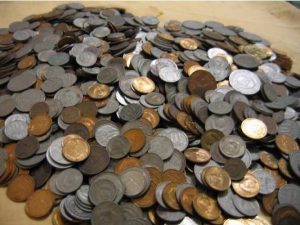 Numismatics (a hobby for collecting coins) is considered one of the most popular hobbies in the world. It would seem that there is difficult to collect coins? There are many, different types, not difficult to get. Apparently, therefore, many are beginning to engage in precisely this type of collectibles. But the fact that the coins are not difficult to collect, you can only tell an amateur, not an experienced person. A professional numismatist will explain to you all the aspects and difficulties of collecting coins for your collection.
Numismatics (a hobby for collecting coins) is considered one of the most popular hobbies in the world. It would seem that there is difficult to collect coins? There are many, different types, not difficult to get. Apparently, therefore, many are beginning to engage in precisely this type of collectibles. But the fact that the coins are not difficult to collect, you can only tell an amateur, not an experienced person. A professional numismatist will explain to you all the aspects and difficulties of collecting coins for your collection.
Native – closest. Our compatriots from the category of numismatists love to collect old coins of Soviet times, as well as tsarist Russia. Continue reading
Peter I reform
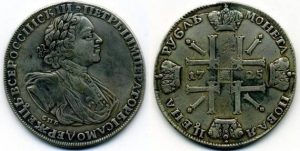 Everyone knows that Peter the Great was a great reformer. Among his innovations, we can highlight the fact that he first came up with the idea to celebrate the New Year and set up a Christmas tree. By the way, if you need to make a corporate party for the New Year, then on the site dedmorozlab.ru there is an opportunity to place an order for Santa Claus. In addition, Peter I carried out a monetary reform, and quite successful.
Everyone knows that Peter the Great was a great reformer. Among his innovations, we can highlight the fact that he first came up with the idea to celebrate the New Year and set up a Christmas tree. By the way, if you need to make a corporate party for the New Year, then on the site dedmorozlab.ru there is an opportunity to place an order for Santa Claus. In addition, Peter I carried out a monetary reform, and quite successful.
As is known from historical facts, the monetary reform carried out in 1654 was not crowned with success, but only caused numerous popular unrest, which led to the “Copper Riot”. Continue reading

